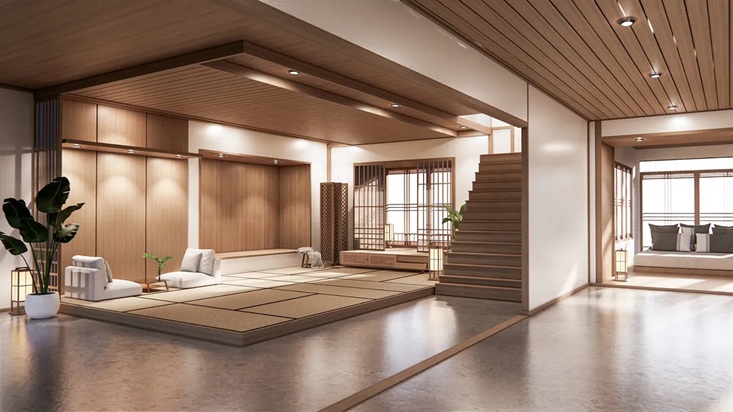What Is Concealed Lighting?
- Define concealed lighting (indirect lighting sources hidden in architectural elements).
- Contrast with traditional exposed lighting fixtures.
- Mention types: cove lighting, recessed LEDs, toe-kick lighting, and under-cabinet strips.
Why It’s Gaining Popularity
Aesthetic Cleanliness
- Hidden fixtures = clutter-free design.
- Pairs perfectly with minimalist, modern, and futuristic styles.
Mood and Atmosphere
- Soft glow vs. harsh direct lighting.
- Can simulate natural light, enhance relaxation.
Smart Home Integration
- Seamless with smart controls and automation.
- Customizable by time of day, activity, or mood.
How to Integrate Concealed Lighting in Your Home
During Renovation
- Built-in coves, dropped ceilings, recessed channels.
- Ideal for new builds or major remodels.
Without Renovation
- Use LED strips with adhesive backing.
- Magnetic or plug-in options for renters.
- Add valances or molding to hide lights.
Design Tips for Maximum Impact
- Use dimmers for mood flexibility.
- Choose warm or neutral tones for cozy spaces.
- Use RGB or color-tunable LEDs for modern or playful interiors.
- Avoid over-lighting — concealed light works best when subtle.
Common Mistakes to Avoid
- Exposed light sources defeating the “concealed” effect.
- Overusing LED strips without a plan.
- Choosing wrong color temperatures for room purpose.
Inspo Section (Optional)
- Add photos or links to examples: hotel rooms, luxury bathrooms, modern apartments.
Final Thoughts
- Recap: Concealed lighting is about atmosphere, minimalism, and intention.
- Encourage experimentation even on a small budget.
- Suggest combining with smart lighting for ultimate control.


